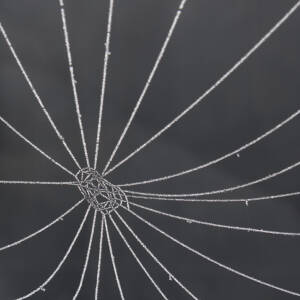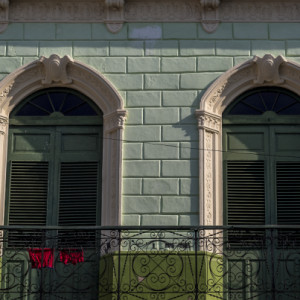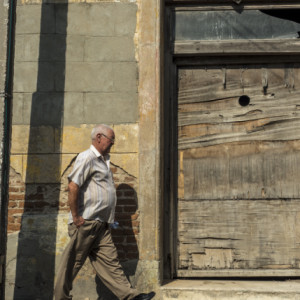Urbane
Up at 4.40 to get a taxi at 5.10 to get to the bus station at 5.30 for a bus at 6.30. Angel, our host, had promised to get up to make us some sandwiches for the journey. We’d told him he didn’t need to, he’d insisted. But I didn’t blame him for the dark morning silence of the house. Yesterday we bought some tomatoes from a streetseller and carried them back in my multipurpose silk scarf (airline pillow, blanket, sunshade, towel, shopping bag, changing room… it scrunches up tiny and always travels with me) and they’d do for the eight-hour journey ahead of us.
Cuba’s long distance buses are very efficient. They arrive in time for everyone with a pre-booked ticket to get on and for the empty seats to be counted and sold to those who’ve turned up on spec, then they leave as timetabled. Most buses travel the one main central highway that runs the length of the island so we were heading back the way we’d travelled south, along two sides of a triangle via Bayamo to Holguin, and then into the unknown. As we started our journey we looked across palms and banana plants, in among a density of green I couldn’t name, to the Sierra Maestre. The sun was low and morning mist was rising. I wished we could stay and explore the mountains, beautiful and brooding and full of revolutionary history.
Gradually the lushness became scrub then over-grazed fields: the few horses and cows had little to eat but dust. Six hours in there was nothing tempting to see and despite being let off the bus briefly at a couple of stops, I was getting stiff and bad-tempered.
Only 90 minutes before we were due in Camagüey the bus stopped in what looked like the residential backstreets of a small town. Everyone piled off. By the time we realised we were at a take-away cafe they had run out of everything except overcooked spaghetti with ketchup and processed cheese. We went to see if we could get some of the more appetising food the same kitchen was serving to people sitting inside but as we were now at the end of a different queue our rice, beans and salad came without beans. A shame, but fine.
Camagüey, unlike the grid of most Cuban towns, is laid out with narrow curving streets, apparently to foil pirates, even though the city is 40km inland. The pirates soon learnt the layout though, so nowadays it is tourists who are foiled. But happily so. There is something to look at all the time, from the man colour-coordinated with his street, selling biscuits from an adapted shopping trolley, to the textures of walls and doors, or the colour contrast between underwear hung out to dry and the building behind it. Cuba seems to have an extra dimension or two when it comes to colour.
This place is much more urbane than Santiago. There are far fewer people insisting you need a taxi; there are shops with things in; the music wafting out of buildings is children practising classical instruments, not samba. Even the begging is sophisticated. A deaf-mute man handed us a piece of card and asked us to choose our country from a handwritten list. Once he’d deduced our language, he riffled through a pile of folded pieces of paper then extracted his request in what he thought was English. It was almost incomprehensible so I gestured for the Spanish equivalent and wrote him a translation. I missed out the bit saying it was his daughter’s birthday today, though. Not convincing on a thumb-worn piece of paper, and not convincing after our encounter with Alejandro yesterday.
Two extras.



Comments
Sign in or get an account to comment.


